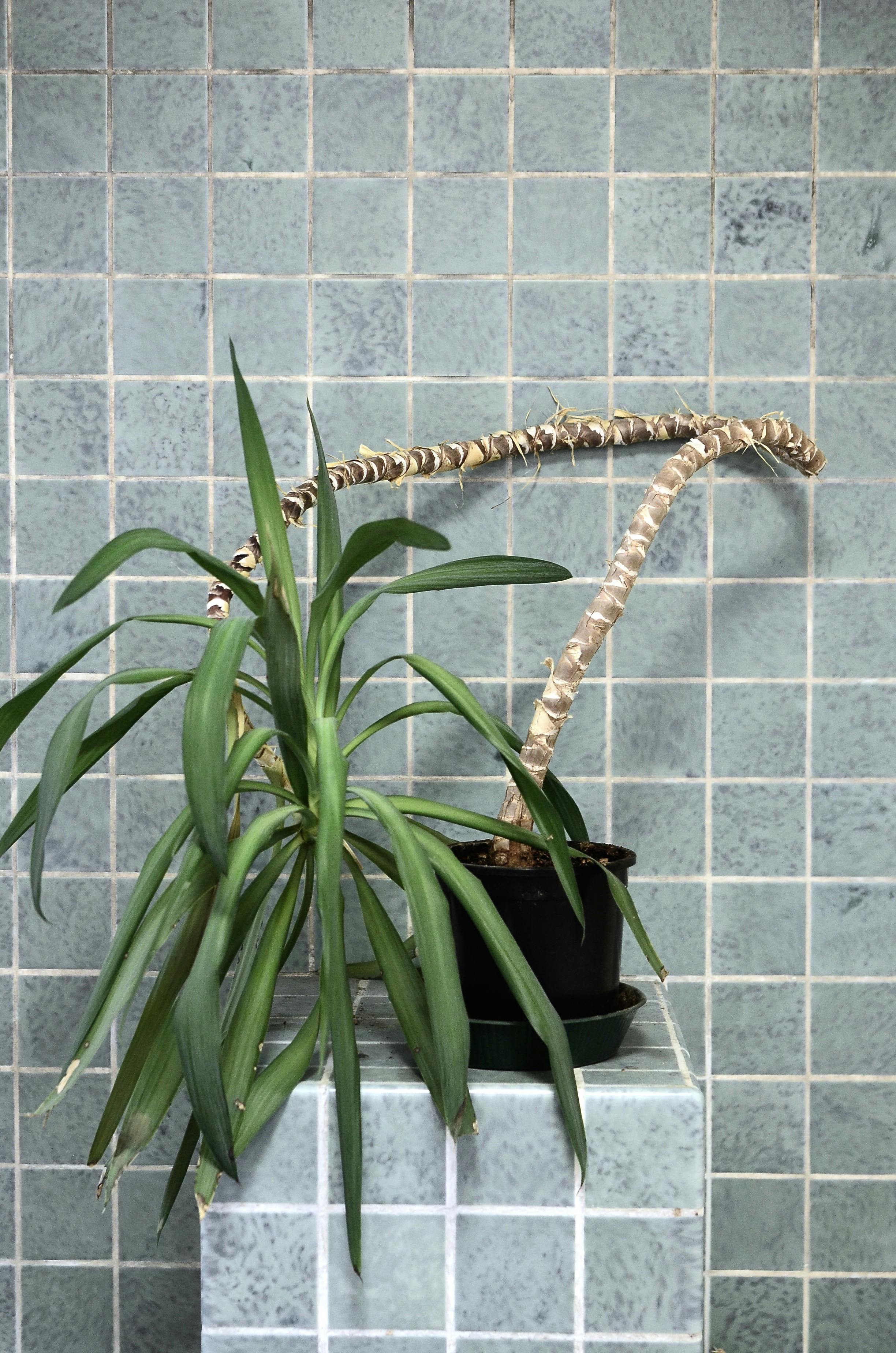
Effective Ways to Get Rid of Voles in Your Yard
Voles can become a significant nuisance for gardeners and homeowners alike. Often mistaken for moles, these small rodents can wreak havoc on your lawn and garden by burrowing through the soil and feeding on roots, bulbs, and various plants. Understanding how to get rid of voles effectively is crucial for maintaining the health and aesthetics of your yard. This article will explore several proven vole control methods, including natural deterrents, traps, and preventive strategies to keep these pests at bay.
A successful approach to vole management involves knowing about their habitats, diets, and behaviors. By utilizing the best traps for voles and effective repellents, you can eliminate these rodents and protect your garden from further damage. Throughout this guide, we will cover numerous strategies, including home remedies, commercial products, and habitat modifications. Your journey to a vole-free yard starts here!
Key takeaways from this article include effective vole traps, the use of repellents, and preventive measures you can implement today. Now, let's dive into the essential methods for controlling voles.
Understanding Vole Behavior and Habitats
Building on the fundamentals, recognizing vole behavior and their habitat preferences is critical in developing a successful pest management strategy. Voles primarily inhabit grassy fields, gardens, and areas with dense vegetation where they can burrow safely. Their diet consists of roots, stems, seeds, and occasionally, bulbs. Understanding these habits allows you to identify where voles might be causing damage in your yard.
Identifying Signs of Vole Infestation
Before you implement control methods, it’s essential to identify if voles are present in your garden. Key signs of a vole issue include:
- Runways: Look for well-defined paths through grass, often 1-2 inches wide.
- Burrow entrances: These openings typically have freshly disturbed soil nearby.
- Damaged plants: Roots may be chewed off, or you may notice plant tops missing.
Spotting these indicators early can help you take action before the problem escalates.
Vole Activity Patterns and Behavior
Voles are most active at dawn and dusk, seeking food primarily in these twilight hours. Their burrowing activity tends to disturb soil health and can lead to erosion. During winter, voles will stay close to sheltering vegetation, making it essential to monitor garden areas continuously, especially during colder months.
Lastly, understanding their social behaviors can impact management strategies. Voles often live in colonies, which means a small infestation can lead to extensive damage if left unchecked.
Effective Vole Control Methods
With these insights into vole behavior and habitats, we can explore various methods to effectively eliminate voles from your yard. Adopting a multi-faceted approach can yield the best results.
Best Traps for Voles
Trapping voles effectively is one of the most humane and direct methods to manage their population. There are several types of traps you can utilize:
- Snap traps: These are quick and efficient, designed to kill voles instantly.
- Live traps: If you're looking for humane options, consider traps that allow you to catch and release voles away from your property.
- Scissor traps: These are particularly effective in narrow runways.
When using traps, ensure they are placed along active runways for maximum effectiveness. Baiting the traps with peanut butter, apple slices, or sunflower seeds is highly recommended.
Vole Poisons and Baits
In addition to traps, using poisons can also help reduce vole populations. Always consult local regulations regarding vole poisons, as their legality varies. If chosen, opt for commercially available products that are specifically designed for voles. Ensure you follow the instructions carefully and keep these poisons away from pets and non-target wildlife.
For those preferring a more natural approach, homemade bait can include mixtures of flour, cornmeal, and sugar, making it enticing to voles.
Natural Vole Deterrents
Implementing organic vole control is an effective strategy that not only helps to keep your yard vole-free but also promotes a healthy garden ecosystem. Some natural deterrents include:
- Plants with strong scents: Certain plants such as mint, lavender, and garlic can deter voles due to their scent.
- Ultrasonic repellents: These devices emit high-frequency sounds that are undetectable to humans but can irritate voles.
- Essential oils: Spraying areas with peppermint or castor oil can keep voles away.
Using these natural methods reduces the chance of harming beneficial insects and promotes garden health.
Vole Prevention Strategies
Once you've tackled a vole problem, it's crucial to implement measures to keep them from returning. Effective vole prevention requires careful garden management and landscape planning.
Creating Barriers Against Voles
Physical barriers can be a fantastic way to keep voles away from specific areas of your garden. Here are a few methods:
- Wire mesh: Surround vulnerable plants with wire mesh or hardware cloth to prevent access.
- Raised beds: Consider building raised garden beds, as they can deter voles from reaching roots.
- Mulching: Apply a thick layer of mulch around plants, which can make it harder for voles to reach them.
Integrating these strategies into your garden design can minimize the risk of future vole problems.
Removing Food Sources for Voles
Voles are attracted to areas where food is plentiful. Removing fallen fruits, vegetable scraps, and excessive ground cover can help decrease food availability. Maintaining a tidy and clean garden significantly reduces the likelihood of attracting these rodents.
Encouraging Natural Predators
Another effective strategy is to attract natural predators, such as hawks, owls, and even snakes, that feed on voles. Consider building birdhouses for owls or designing an engaging ecosystem that includes plants that attract these beneficial animals. This natural pest control method promotes ecological balance while helping to manage the vole population.
Common Questions About Vole Control
What are the signs of a vole infestation?
Signs of a vole infestation include visible trails or runways in your garden, burrows or holes in the ground, and chewed roots and plant bottoms.
Are there any humane methods for getting rid of voles?
Yes, using live traps is a humane method for controlling voles, allowing you to capture and release them elsewhere. Additionally, natural deterrents like essential oils and physical barriers can be effective.
How can I prevent voles from entering my garden?
To prevent voles, consider implementing physical barriers, reducing food availability, and attracting natural predators. These strategies help create an environment less friendly to voles.
What are the best traps for voles?
Best traps for voles include snap traps and scissor traps. Ensure to bait them properly and place them along active pathways for the best results.
Can voles cause damage to my garden?
Yes, voles can cause substantial damage by burrowing through the soil and feeding on roots, bulbs, and other garden plants, potentially leading to plant death.

Conclusion: Effective Vole Management Strategies
Effectively managing voles requires a comprehensive approach involving understanding their behaviors, implementing effective control methods, and creating preventive measures. Utilizing traps, repellents, and ecological strategies creates a multi-faceted plan that not only addresses current vole populations but also prevents future infestations. By following these guidelines to eliminate and keep voles away, you can maintain the beauty and health of your yard for generations to come.
